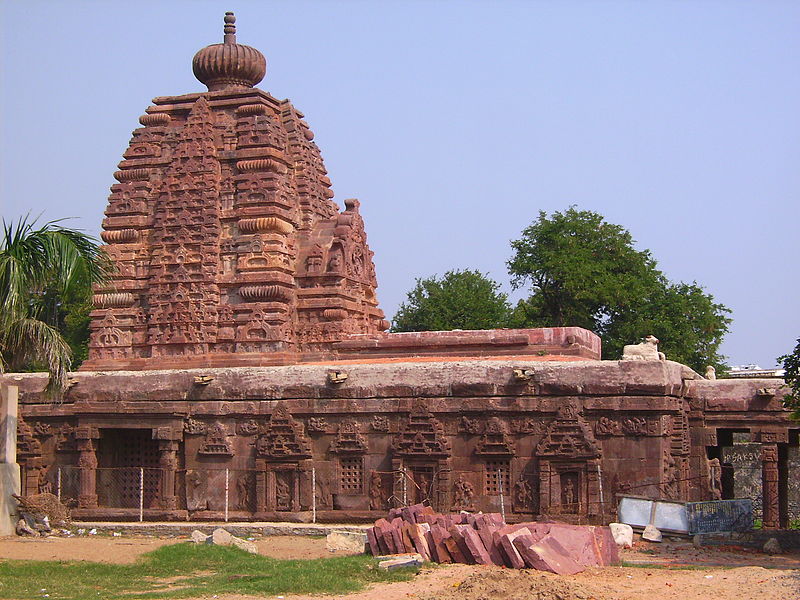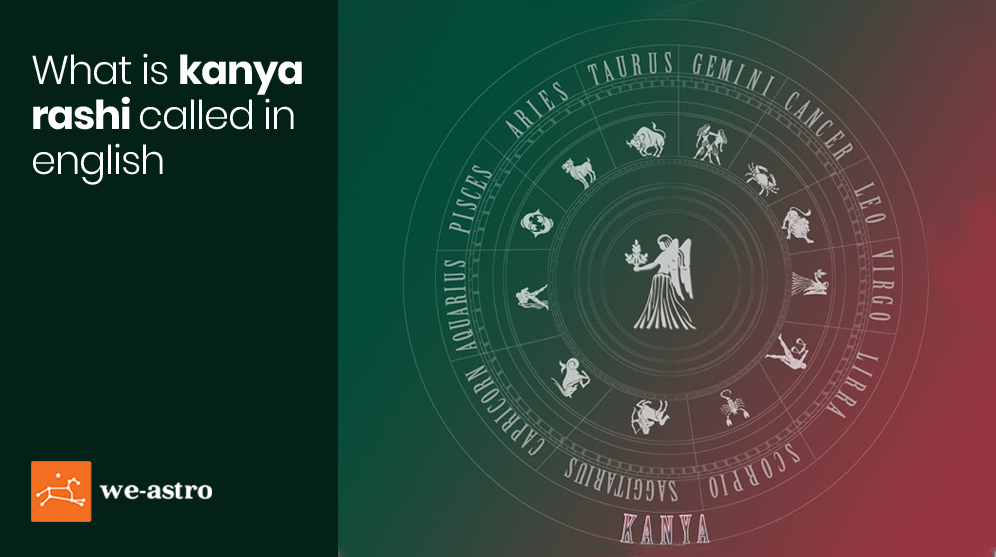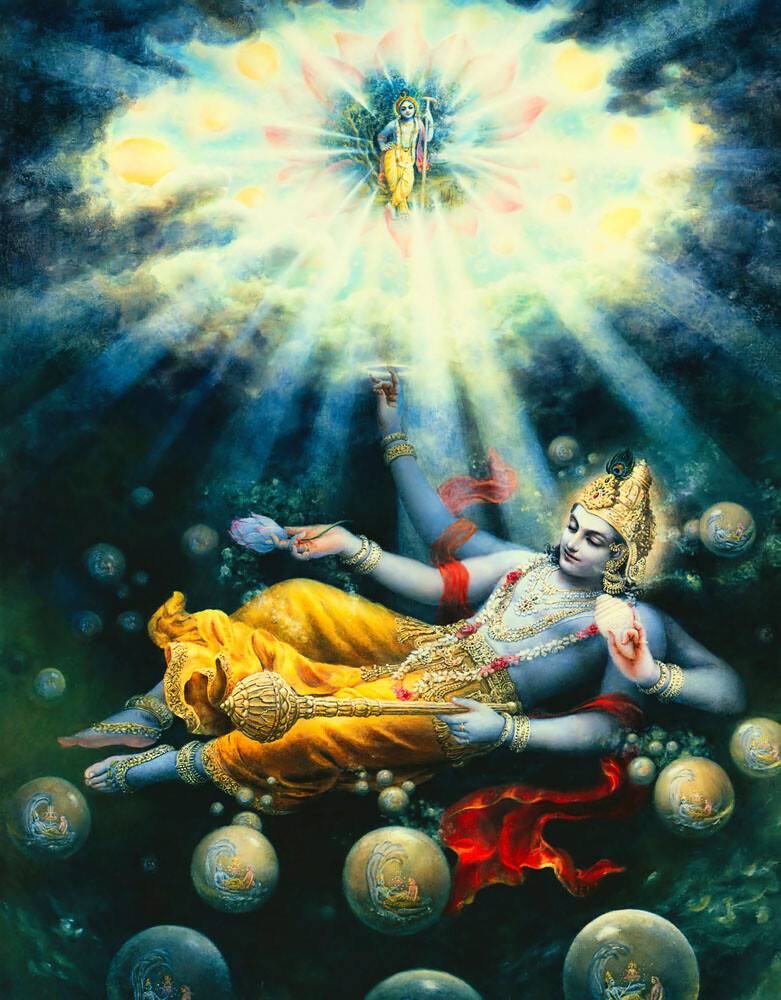Unveiling the Soul: A Journey through the Mystical Symbols of Hinduism
Explore the significance of sacred Hindu symbols, their meanings within the Hindu faith, and their role in rituals and spiritual practices.

In the vast and diverse world of Hinduism, various symbols hold deep significance and meaning, representing different aspects of the philosophy, mythology, and spirituality of the religion. These symbols have been used from ancient times in art, scriptures, rituals, and daily life, playing a crucial role in connecting individuals with the divine and providing a profound understanding of life and existence.
One of the most sacred and powerful symbols in Hinduism is the Om. This ancient symbol encapsulates the essence of the universe, embodying the past, present, and future, as well as the three major Hindu deities: Brahma, Vishnu, and Shiva. Chanting Om in meditation is believed to resonate with the frequency of the cosmos, helping individuals to connect with the divine and attain spiritual enlightenment.
The swastika is another significant Hindu symbol representing auspiciousness, good fortune, and well-being. With its four arms symbolizing the four stages of life and the four goals of existence, the swastika serves as a visual representation of the cyclical nature of life and the interconnectedness of all things. It is important to note that the Hindu swastika is distinctly different from the symbol misappropriated by the Nazis, as the Hindu swastika is typically drawn with curved arms and often adorned with a dot in each quadrant.
Lotus flowers are prevalent in Hindu iconography, symbolizing purity, beauty, and spiritual awakening. As the lotus flower grows from the muddy depths of a pond and blossoms into a stunning flower, it represents the journey of the soul from the material world to the enlightened state. Many Hindu deities, such as Vishnu and Lakshmi, are often depicted seated or standing on a lotus flower to signify their divine nature and purity.
Finally, the Trishul, or trident, is a powerful symbol associated with Lord Shiva, the god of destruction and transformation. The three prongs of the trident represent the three primary aspects of existence: creation, preservation, and destruction, as well as the three gunas, or qualities, of nature: sattva, rajas, and tamas. The trident serves as a reminder of the divine power of Shiva and his role in the cosmic dance of the universe.
These are just a few examples of the many rich and intricate symbols that permeate Hinduism. They serve not only as visual representations of the divine but also as reminders of the essential teachings and principles of this ancient and diverse religion. By understanding and appreciating these symbols, individuals can deepen their connection with Hinduism and enrich their spiritual journey.




